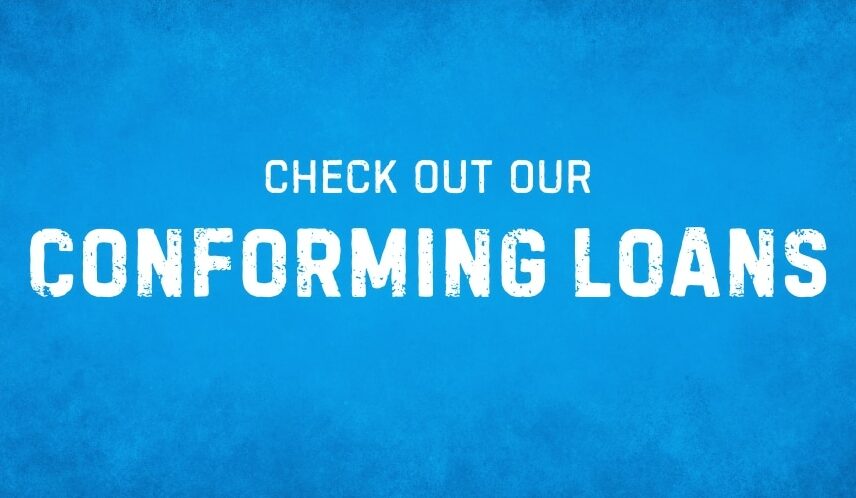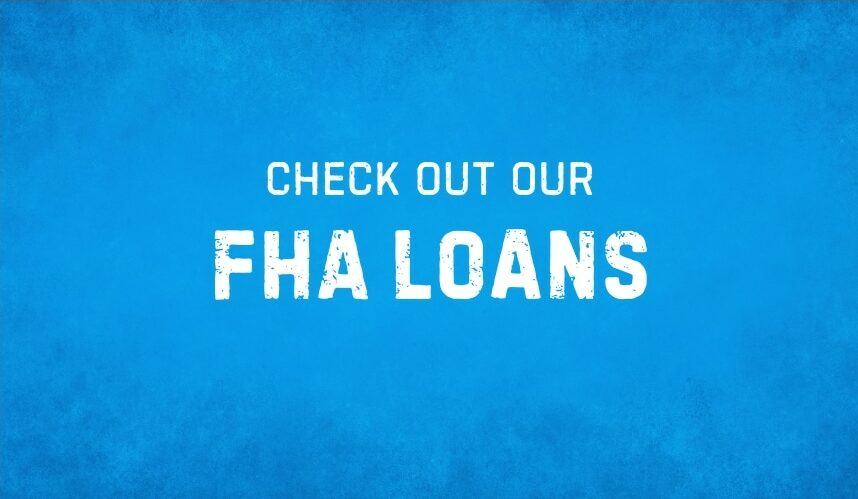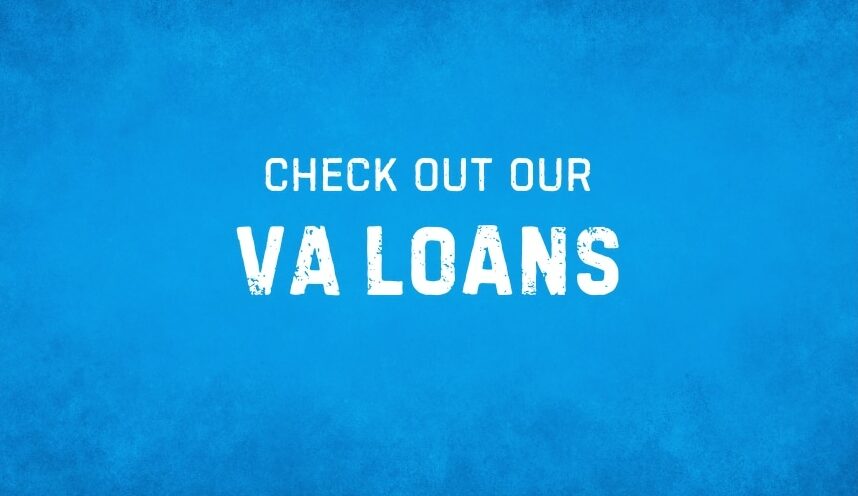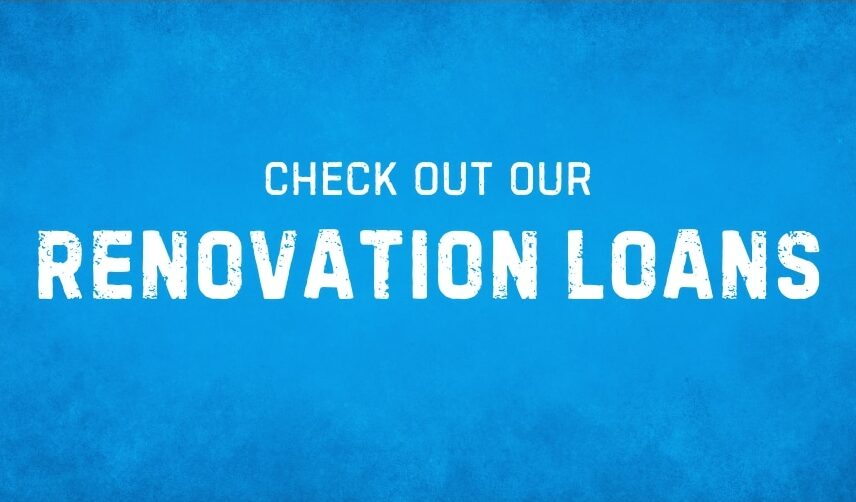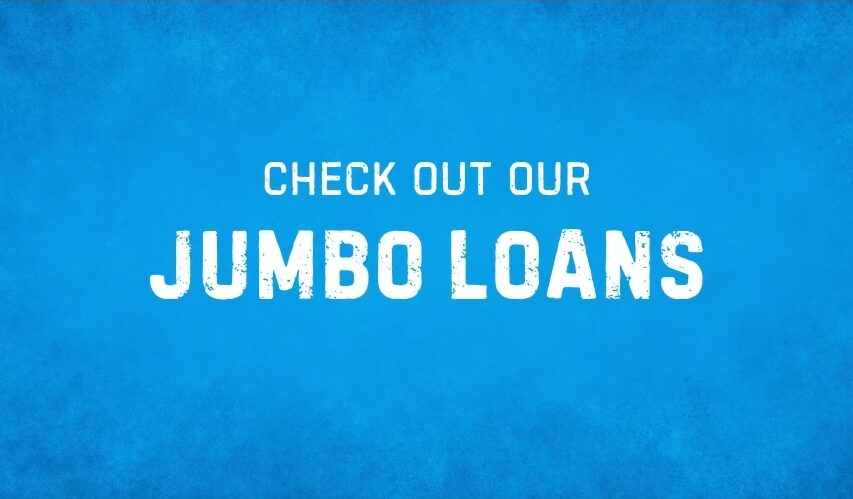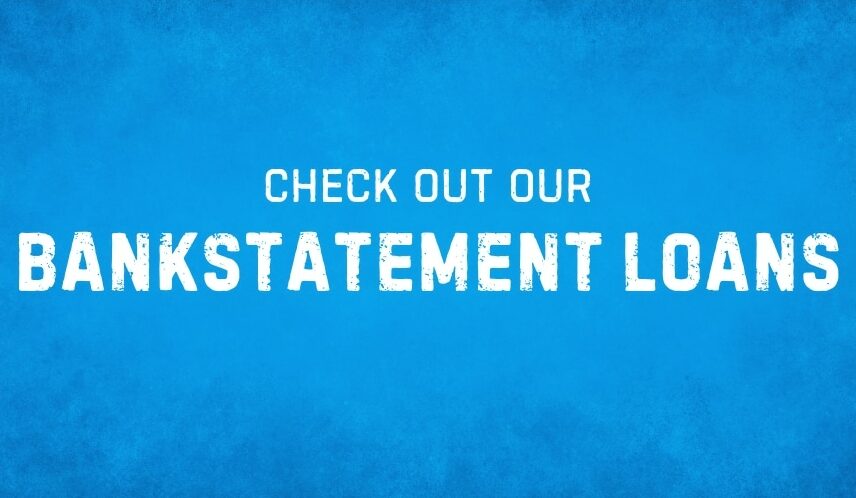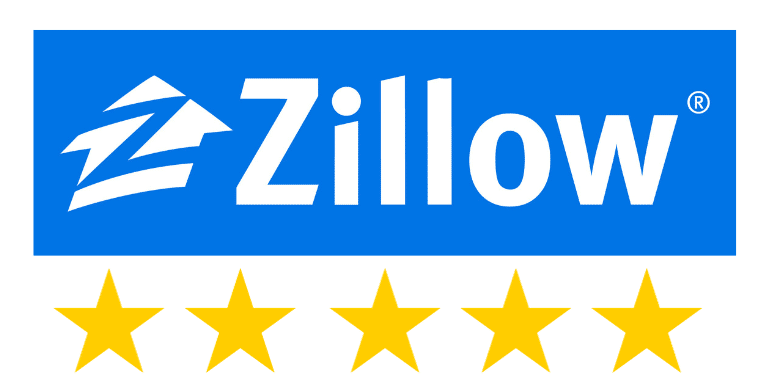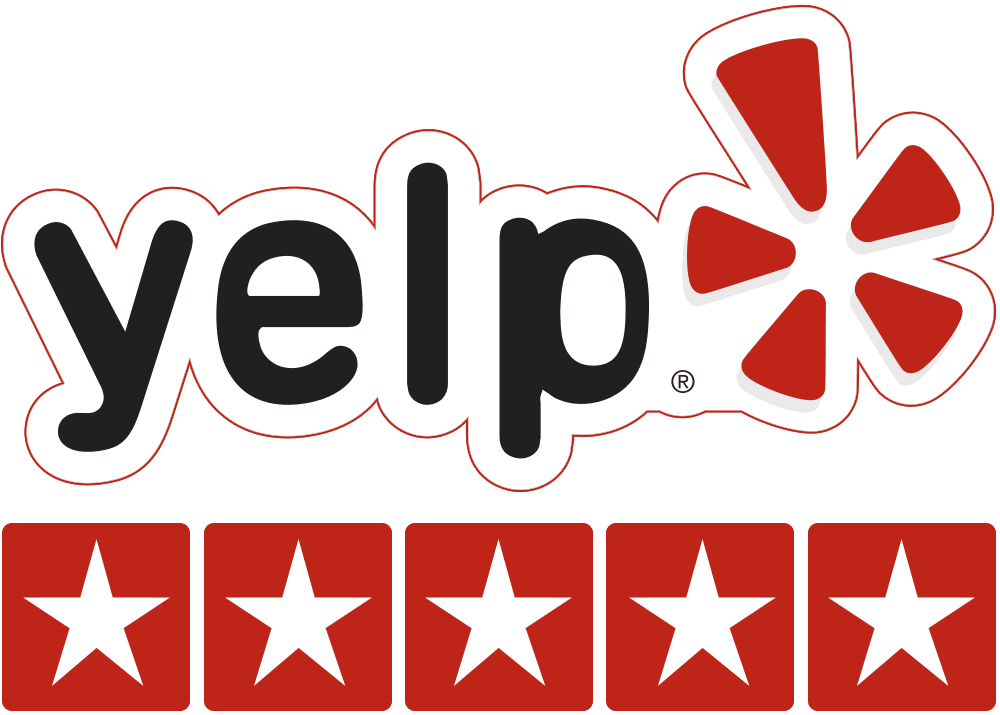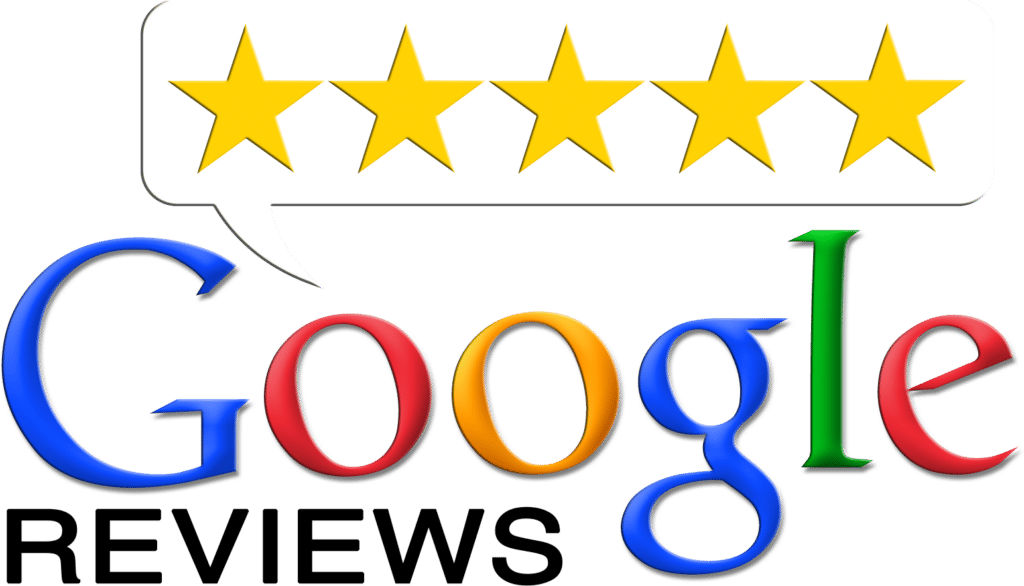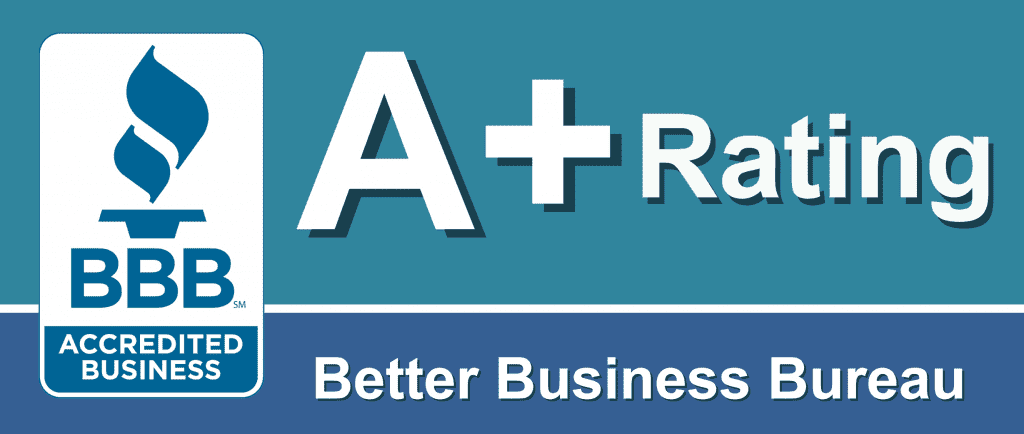
Down Payment On A House
Figuring out your down payment on a house is an important step before making an offer. For some, figuring out the down payment on a house can be overwhelming. It can be a roadblock that makes people shy away from even planning for the homebuying process.
In this article, I’ll cover how much you’ll need for a down payment, how your down payment might impact your mortgage rate, what an LTV is, and which programs have the lowest down payment requirements. I’ll also put to rest some common homebuying myths about making a down payment on a house. Let’s dive in!
What is a down payment?
A down payment on a house is the cash you pay upfront when purchasing a home. For example, if you buy a $300,000 home and have $30,000 saved up for the purchase, your “down payment” is $30,000. To complete the purchase, you’ll need to obtain a mortgage for $270,000.
Your down payment might impact your rate
Some people think your down payment on a house does not impact your mortgage rate. However, your down payment can impact your mortgage rate, and that depends on your loan program.
Your Down Payment Might Impact Your Rate On These Programs
Here are the loan programs that are usually impacted by the size of your down payment.
- Conventional loans
- Conforming home loans
- Bank statement mortgages
- Jumbo mortgages
- Portfolio home loans
If you are doing a Conventional loan, your rate might be impacted by your down payment. If your down payment is less than 20% – 40% of the purchase price, there is a chance your rate might be impacted. Not always. And you should talk with your loan officer about the possible implications.
Your Down Payment Might Not Impact Your Rate On These Programs
Here are the home loan programs that are usually not impacted by the size of your down payment.
- Government Mortgages
- FHA home loans
- VA home loans
- USDA home loans
If you are doing a government mortgage, your down payment might not impact your rate. If your credit score is below 680, there is a chance, but still unlikely. Those with a sub 620 credit score will probably have an impact on their rate based on the size of their down payment. Discuss your situation with your loan officer and if your down payment will impact your rate.
Loan-to-value (LTV) ratio explained
Your Loan-To-Value ratio (aka LTV) is the amount of money you are borrowing compared to the value of your home. Your down payment amount directly impacts your LTV ratio.
It’s determined by dividing the mortgage loan amount by the value of the home (appraised value). If you buy a $300,000 home and put down $30,000, you’ve borrowed $270,000, and your LTV ratio is 90%.
Along with the LTV, mortgage lenders consider your credit score and debt-to-income ratio.
Do You have a question or need a quote?
Contact KevinLow rates, fast closings, and exceptional service.
The down payment on a house myth
You’ve probably heard the following myth about down payments: You need a 20% down payment to buy a home.
That myth means you’d need to put down 20% of the home’s total purchase price. For example, if you’re looking at a $500,000 home and want to put in a 20% down payment, you’d put down $100,000 of your own money.
This was the traditional standard for decades, but things have changed.
How much do you need for a down payment on a house?
Over the last several decades, things have changed regarding how much a loan applicant needs to put down to buy a house.
Most homebuyers generally need at least 3.00% of the purchase price as a down payment; some need more, and some might be eligible for a zero-down payment home loan program. A lot will depend on your loan application, credit report, documentation, and loan program.
Being able to put down as little as 3.00% is a great option, but there are still advantages to putting down more than the bare minimum. The more you put down, the less you have to take out in a mortgage; thus, the less interest you’ll pay during the life of the loan and the more equity you’ll have.
If you’re looking to purchase a home in a seller’s market, your down payment might be the difference between your offer being accepted or not. If a seller has multiple offers on the table, they might be more likely to accept the offer with a higher down payment (not always, though).
This is where a good Realtor can help out. They will know how best to proceed when deciding on your offer and then review that with your loan officer to ensure the amount meets your pre-approval requirement.
Down payment examples
Below is a chart of down payment examples. Use the below chart to help you determine your down payment amount.
| Purchase Price | Down Payment Percentage | Down Payment Percentage | Down Payment Percentage | Down Payment Percentage | Down Payment Percentage |
|---|---|---|---|---|---|
| 3.00% | 3.50% | 5.00% | 10.00% | 20.00% | |
| $300,000 | $9,000 | $10,500 | $15,000 | $30,000 | $60,000 |
| $400,000 | $12,000 | $14,000 | $20,000 | $40,000 | $80,000 |
| $500,000 | $15,000 | $17,500 | $25,000 | $50,000 | $100,000 |
| $600,000 | $18,000 | $21,000 | $30,000 | $60,000 | $120,000 |
| $700,000 | $21,000 | $24,500 | $35,000 | $70,000 | $140,000 |
When deciding on how much of a down payment you’re willing to make, make sure to keep some money in reserves in case the home needs repair or if you have a personal emergency.
Down payments & mortgage insurance (MI)
If you put less than 20% down, you’ll need Mortgage Insurance, MI (or Private Mortgage Insurance, PMI).
If it’s an FHA home loan, then it’s MI, and if it’s a Conventional mortgage, then it’s PMI. In some cases, loan officers like to say they have a “no PMI” option for borrowers that put less than 20% down; however, the truth is the PMI is just built into the interest rate (so you are still paying it).
You’ll usually want to avoid the “no PMI” option because once your LTV hits 78%, the lender will cancel the PMI built into the interest rate, but your mortgage rate and payment stay the same.
If you pay the PMI and your LTV hits 78%, then you’ll be able to cancel the PMI, and thus your total mortgage payment will be lower since you no longer have a PMI payment.
Closing costs are different
The amount needed for your down payment on a house differs from the amount required for closing costs. Some people think closing costs are mixed with the down payment number, but that is not true.
If you have $30,000 saved, you should set aside an amount for emergencies, an amount for closing costs (4k-10k – discuss the amount needed with your loan officer), and then an amount for a down payment on a house.
Don’t make the mistake of using all of the $30,000 towards your house. Having cash reserves is an important and necessary part of homeownership.
Factors to consider when determining your down payment
While there’s no right or wrong amount for a down payment, many variables must be considered. 20% to 40% is excellent, but it will take you longer to save; you’ll have less money for any desired upgrades and possibly less cash reserves for emergencies. In addition to these factors, you should consider your personal finances, marital status, age, credit health, and yearly income.
Even if you’re still debating how much to put down, you can start taking small steps today. Put any cash gifts you receive into the account dedicated to the down payment on a house. If you receive any bonuses or inheritances, set those aside as well. Any extra cash you wouldn’t usually plan on can be put in the fund.
I’ve heard of some homeowners even setting aside a “tip jar” in their current home. Any change they receive when shopping goes into the tip jar. Having a plan to save for a down payment is key to making it work. Every penny counts!
FHA down payment requirements
As previously mentioned, an FHA home loan allows you to put as little down as 3.5%, so long as your credit score is 580 or higher (some lenders require a 600 or higher on their FHA program). Some lenders also offer a zero-down FHA home loan program.
This is a government-backed mortgage that is often marketed toward first-time home buyers or those with less-than-perfect credit.
Conventional down payment requirements
With a Conventional loan program, specifically Conforming home loan programs, you might be able to put down as little as 3%; however, your rate might be impacted if you put less than 20% down. Under the Conventional home loan programs, the higher your credit score, the more down payment options you’ll have.
With Bank Statement Mortgages, Jumbo home loans, and Portfolio home loans, your down payment requirements are going to vary from lender to lender. Generally speaking, you’ll most likely need 10% down or more. Talk with your loan officer about your options.
VA home loan down payments
The VA home loan program does not require a down payment. To qualify for a VA home loan, you must either be a veteran or the spouse of a military member who died from a service-related injury or while they were in service.
Even though the VA home loan program offers a zero-down payment option, I suggest putting down at least 3.00% if you can.
USDA home loan down payments
Like the FHA and VA home loan programs, the USDA home loan program offers a zero-down payment option. For a USDA home loan, you must meet specific income requirements, and your prospective home must be in an approved rural area.
Do You have a question or need a quote?
Contact KevinLow rates, fast closings, and exceptional service.
The final word, do what’s best for you
The path to homeownership can seem daunting, especially with the first step of saving for a down payment. Savings for a down payment on a house is a big financial commitment.
You’ve undoubtedly found yourself here because you’re wondering how much you need for a down payment. Luckily, several down payment options are available, and these options can make home buying more accessible than the traditional 20% down payment.
Weigh the pros and cons of a higher down payment and decide what’s best for you. Sometimes the additional savings of a higher down payment isn’t worth the wait it would take to save up that amount. Know your mortgage options, save what you can ahead of time, and you’ll be putting in an offer in no time.

